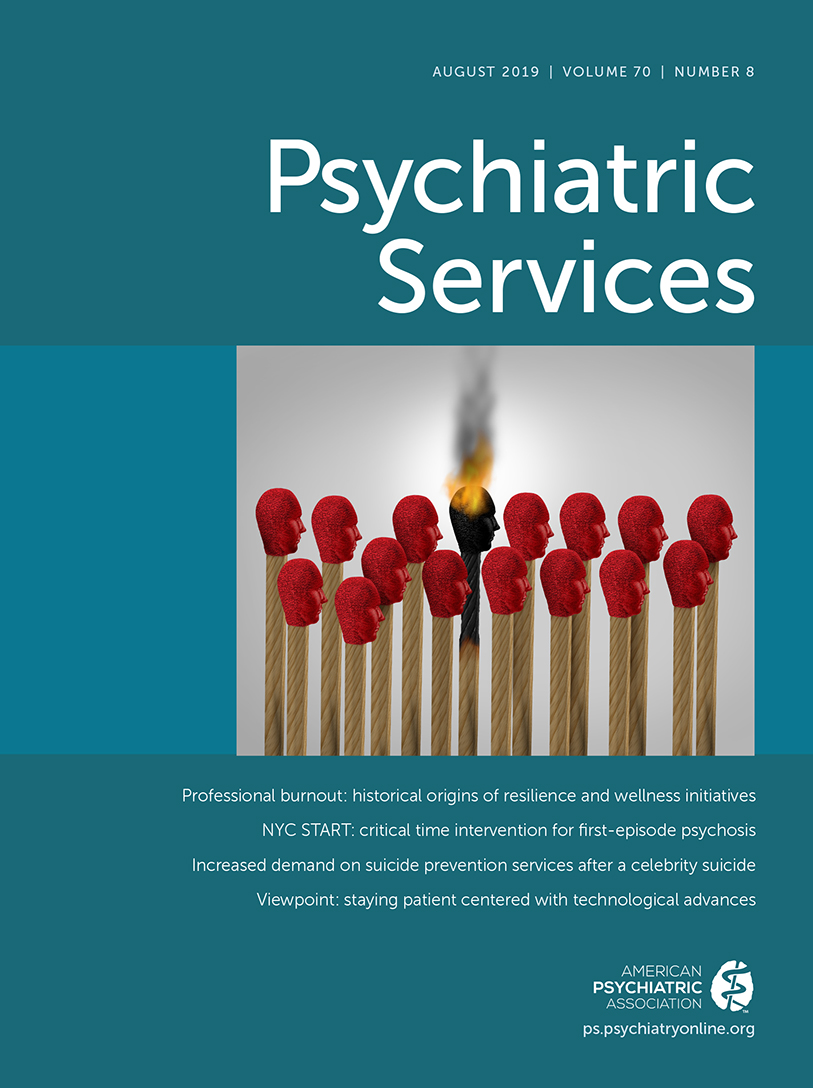Potentially Problematic Opioid Prescriptions Among Individuals With Private Insurance and Medicaid
Abstract
Objective:
Opioid analgesics can be safe and effective when used properly. Reducing prescriptions that increase adverse outcomes is a focus for addressing the opioid crisis. In this study, the rate of potentially problematic opioid prescriptions was examined over 11 years in a large sample of U.S. patients.
Methods:
Claims from the IBM MarketScan commercial database (about 45 million) and multistate Medicaid database (about 7 million) from 2005 to 2015 were used to calculate rates of the following potentially problematic prescription practices: prescriptions for high-dose opioids for 90 days or more, prescriptions from multiple providers, prescriptions of long-acting or extended-release opioids for acute pain, overlap between prescriptions for opioids, and overlap between prescriptions for opioids and benzodiazepines.
Results:
Among patients with an opioid prescription, about 8% of those with private insurance and about 14% of those with Medicaid coverage had at least two incidents of potentially problematic prescriptions per year. Over the study period, rates increased for some practices (opioid-benzodiazepine overlap) and decreased for others (prescriptions from multiple providers). Receipt of potentially problematic prescriptions was higher among older patients, female patients with private insurance, and whites and male patients covered by Medicaid.
Conclusions:
A significant percentage of patients who are prescribed opioids experience problematic prescription practices. Targeted policy and clinical interventions that reduce potentially problematic prescription could be a focus for addressing the U.S. opioid crisis.



